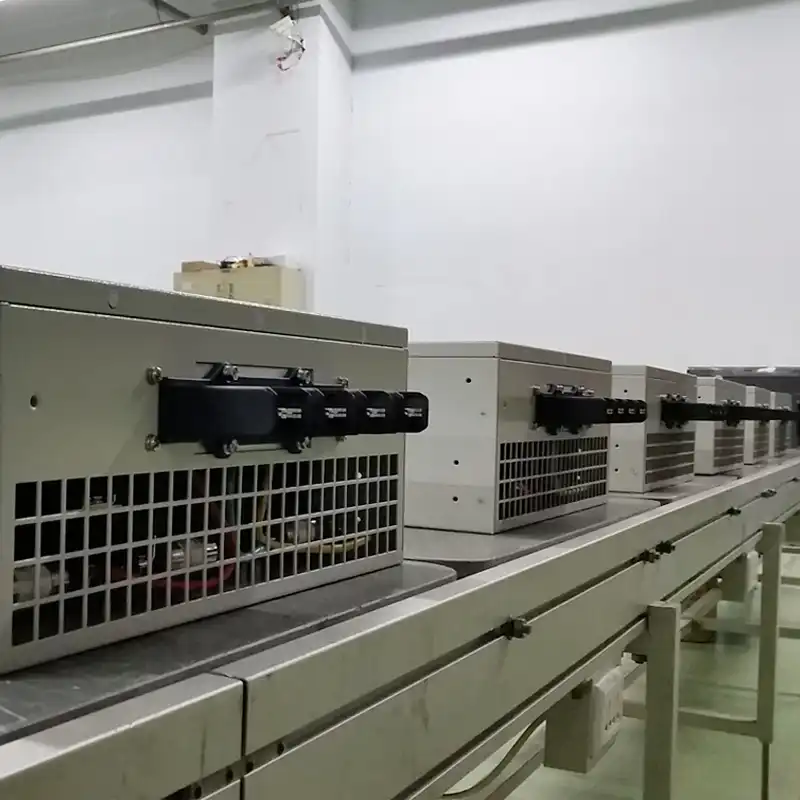How solar energy influences power quality
How does the addition of a solar system influence an electrical installation’s power quality? To be honest, it is dependent on the installation details.
 Photovoltaic systems are an example of an inverter-based generator. They are made up of solar panels that generate direct current (DC) electricity and an inverter that converts the DC power into alternating current (AC) power on a continuous basis. The inverter is what connects the solar system to an AC electrical installation.
Photovoltaic systems are an example of an inverter-based generator. They are made up of solar panels that generate direct current (DC) electricity and an inverter that converts the DC power into alternating current (AC) power on a continuous basis. The inverter is what connects the solar system to an AC electrical installation.
Because a photovoltaic system is made up of a DC source and electronic equipment, it can be the source of various power quality concerns such as residual DC current, harmonics, or imbalance. Most inverters may produce leftover DC current. The inclusion of a DC component in the AC circuit is one possible power quality disruption caused by solar generation.
Photovoltaic inverters may offer a current conduit for DC residual current to move to the AC side of the electrical installation, although this is dependent on their technology, particularly in terms of electrical isolation.
Inverters with isolated DC and AC sides do not inject DC residual current on the AC side. Inverters without isolation can transmit DC residual current to the AC side unless the manufacturer takes certain efforts to prevent this flow.
The majority of solar inverters on the market lack transformers and hence do not provide isolation between the DC and AC sides. As a result, the possibility of DC residual currents in solar systems is not ruled out.
Is there a DC component on the AC side? Choose the proper Residual Current Device.
Appropriate safeguards must be implemented to avoid damage equipment and, more critically, to avoid safety risks. Solar inverters generate harmonics, although they usually are limited to an acceptable level for the installation
Photovoltaic inverters, like all other types of electronic equipment, introduce harmonics into the electrical system. Photovoltaic inverters, like other sources of harmonics, can cause overheating and other electrical system issues.

Indeed, photovoltaic inverters use pulse width modulation switching to transform the DC power generated by solar panels into controllable AC electricity.
This method allows the control of the magnitude and the frequency of the inverter output and eliminates some low order harmonics. It, on the other hand, produces high frequency harmonics.
To limit the injection of these harmonics, photovoltaic inverters are equipped with filters so that the total harmonic distortion (THD) of their output is usually limited to acceptable values for the installation.
Even so, the overall THD in the electrical installation can be higher because the harmonics injected by the photovoltaic inverters are combined with those generated by the loads.



